Okay, if you’re like me, you probably love the idea of biting into a buttery, flaky pastry that basically melts in your mouth. But when you’re avoiding gluten, puff pastry can feel like one of those mythical kitchen feats—like, is it even possible? Spoiler alert: it totally is. You just need the right ingredients, a little patience (I promise it’s worth it), and this guide right here to get you started.
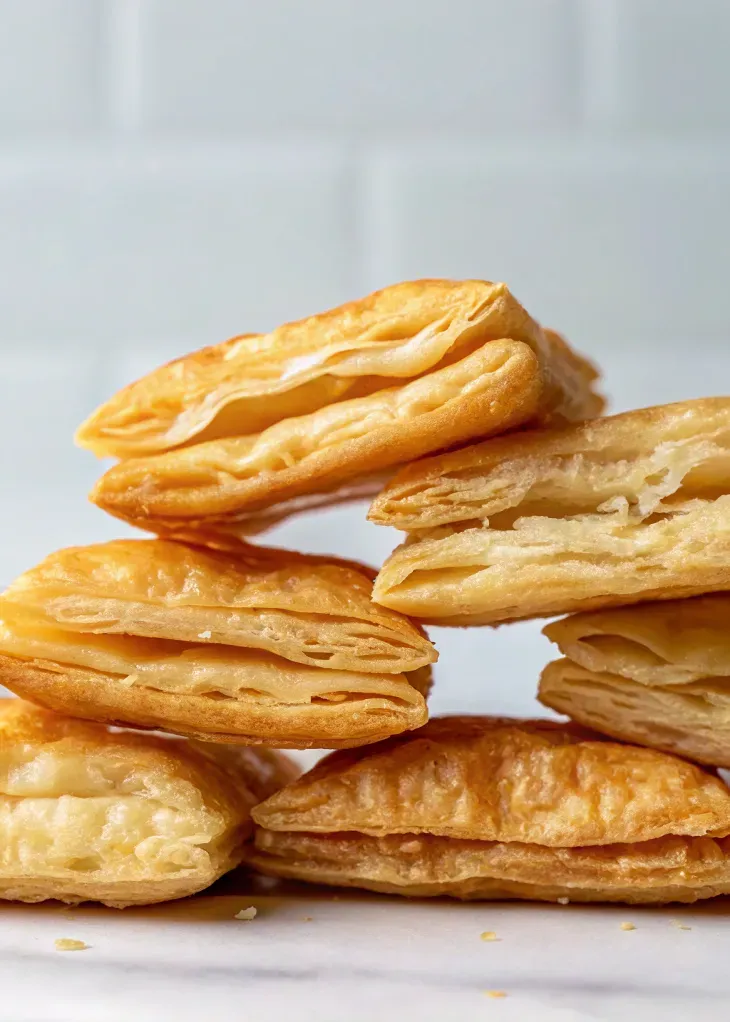
What Is Gluten-Free Puff Pastry, and Why Does It Seem So Tricky?
Puff pastry is all about those layers—thin, crispy layers of dough that puff up (hence the name) thanks to the magic of butter and steam. The tricky part? Gluten is the glue that makes traditional puff pastry hold together and stretch. When you’re gluten-free, you need a special flour blend to mimic that elasticity, plus a solid rolling and folding technique to get those signature layers.
Ingredients You’ll Need for Gluten-Free Puff Pastry
Let’s keep it simple. You’ll need:
- Gluten-free all-purpose flour (with xanthan gum or guar gum for elasticity)
- Cold unsalted butter (yes, it needs to be cold!)
- Ice water
- Salt
- Optional: A little lemon juice or vinegar (this can help tenderize the dough a bit).
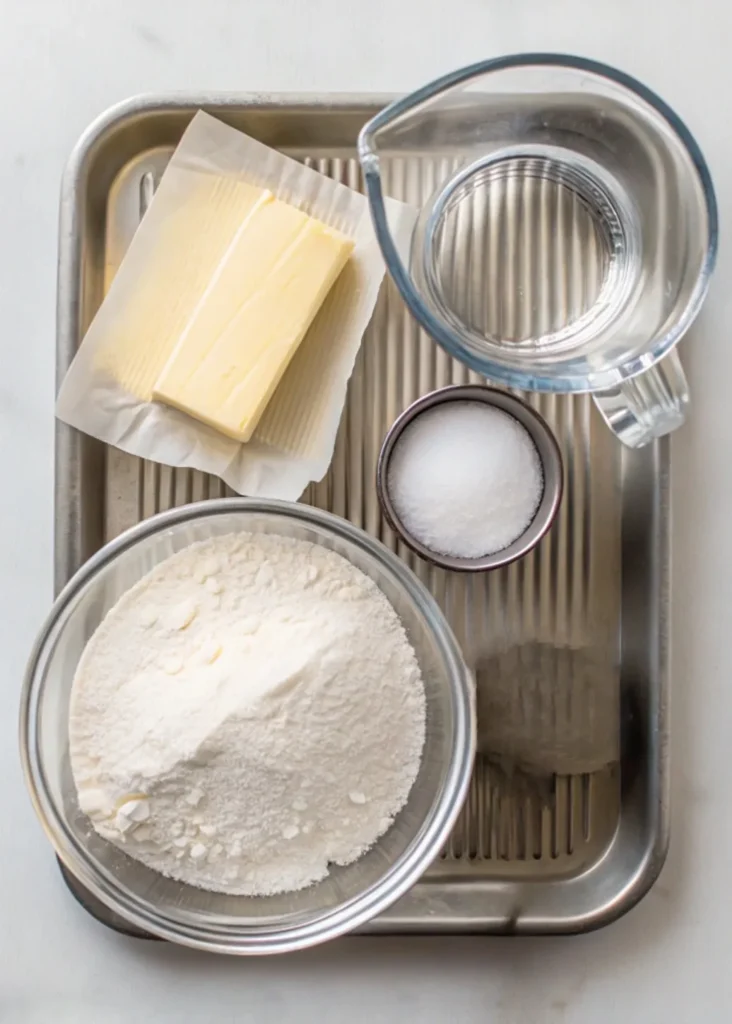
Pro Tip: Keep everything as cold as possible. Like, we’re talking “chill your flour in the fridge for an hour” cold. It’s what makes or breaks your puff pastry game.
Step-by-Step Instructions for Gluten-Free Puff Pastry
1. Make the Dough (a.k.a. Detrempe)
Combine your gluten-free flour, salt, and a dash of lemon juice (in case you’re the use of it) in a bowl. Add bloodless, cubed butter and use your fingers or a pastry cutter to combine it in until you get pea-sized bits. Gradually add, one tablespoon of ice water at a time, until the dough simply comes collectively. Don’t overwork it—lumps are your friend right here! Wrap the dough in plastic bag and sit back it for 30 minutes.
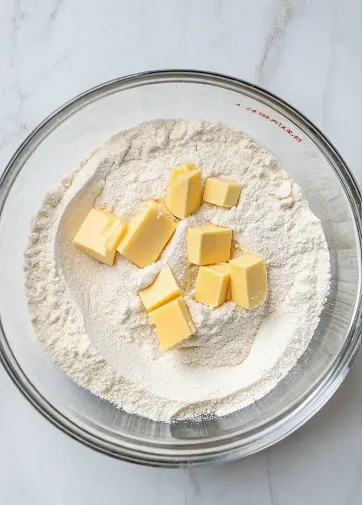
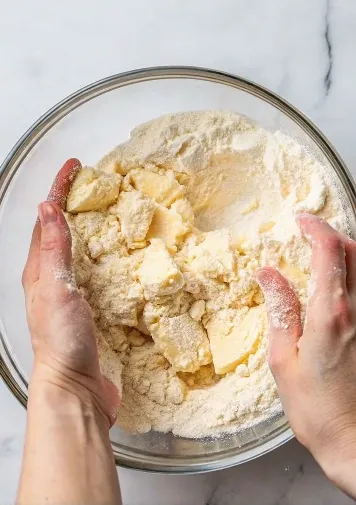
2. Roll, Fold, and Chill
Roll out the dough into a rectangle. Place a layer of cold butter on one half, fold the other half over it, and seal the edges. Roll it out again, fold it into thirds like a letter, and chill for another 30 minutes. Repeat this process 5-6 times to build those flaky layers.
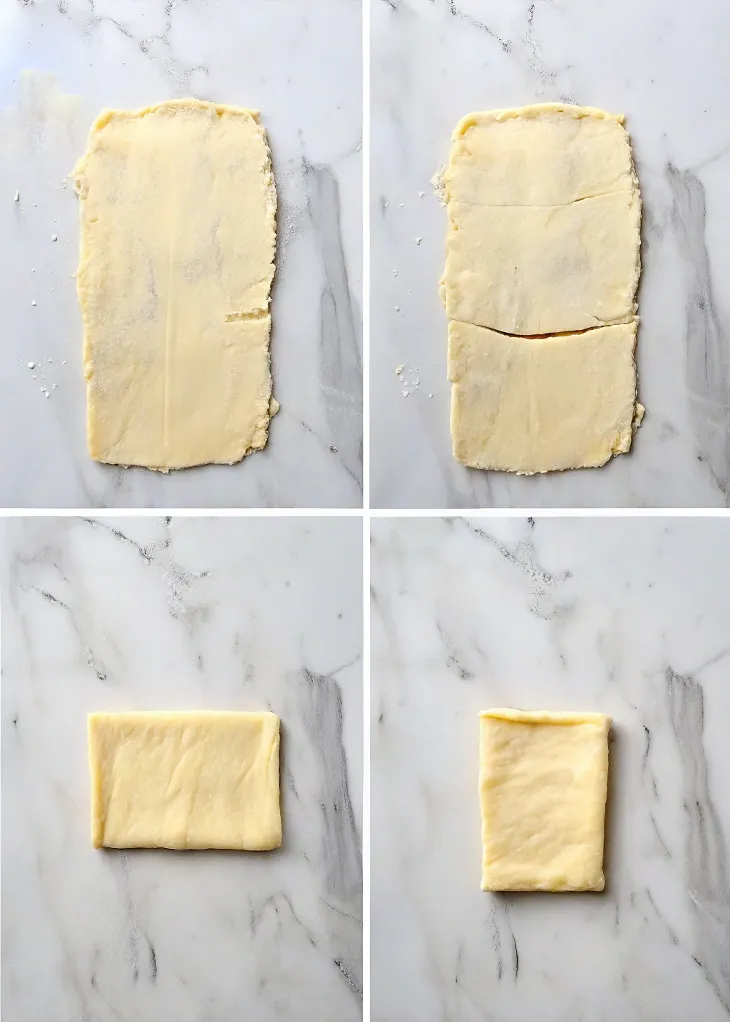
3. Bake to Perfection
Once you’ve done the folding dance, chill your dough one final time before rolling it out for your recipe. Bake at a high temperature (400°F) to get maximum puffage. You’ll know it’s done when it’s golden and crispy.
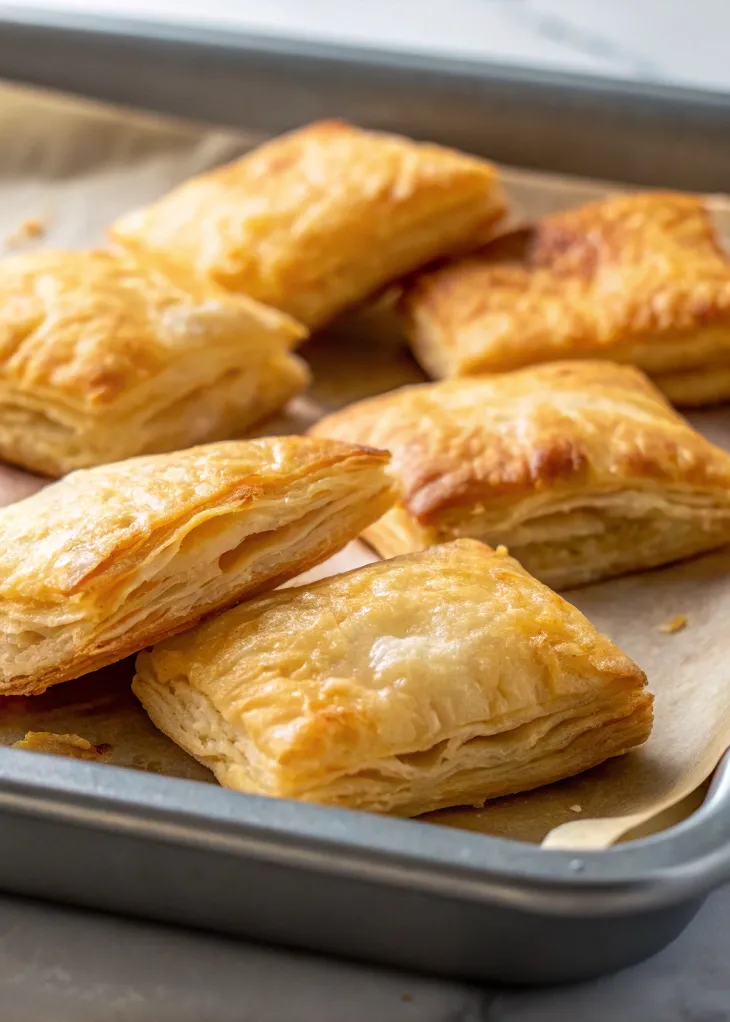
Tips for Success
- Don’t skimp on butter. It’s literally the heart of puff pastry.
- Keep your dough cold. Did I mention this already? Because it’s that important.
- Use a sharp knife. When cutting the dough, a clean edge helps the layers puff up.
Recipes You Can Make with Gluten-Free Puff Pastry
- Gipfeli (Swiss Croissants)
- Savory Spinach and Feta Tartlets
- Apple Turnovers
- Classic Croissants (Gluten-Free Edition)
- Homemade Pot Pie Crust
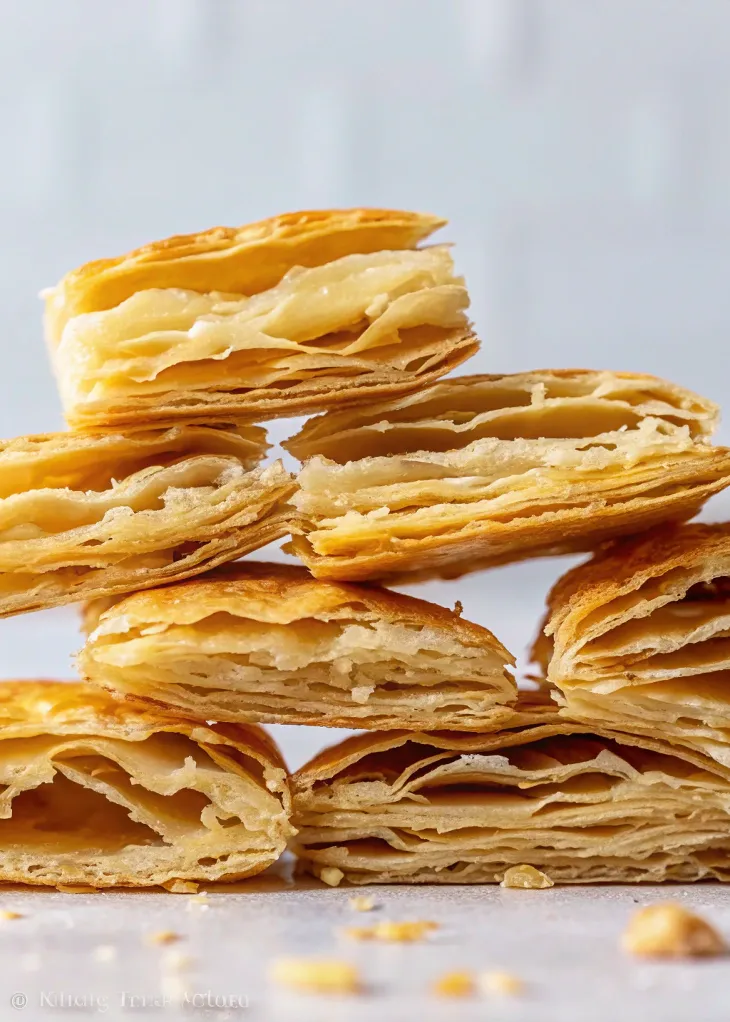
Fun Variations to Try with Gluten-Free Puff Pastry
Once you’ve mastered the basic recipe, why not get creative? Here are a few twists to keep things interesting:
- Cheesy Herb Puff Pastry: Sprinkle shredded cheese and chopped herbs between the layers during folding.
- Gluten-Free Puff Pastry Pizza: Roll out the dough, add your favorite toppings, and bake until crispy.
- Sweet Cinnamon Rolls: Roll out the pastry, spread a mix of cinnamon and sugar, and roll it up for easy gluten-free treats.
A Little Story Behind the Recipe
I was nervous the first time I tried making gluten-free puff pastry—it seemed like a big challenge. But when it came out of the oven, golden and flaky, I knew it was worth the effort.To my surprise, the texture and flavor were just like the actual aspect, and nobody ought to tell it turned into gluten-unfastened! Since then, this recipe has emerge as my go-to for the whole lot from sweet apple turnovers to savory tarts.
Why Gluten-Free Puff Pastry Can Be a Game-Changer
For anyone following a gluten-free diet, finding substitutes for traditional baked goods can be frustrating. Puff pastry, in particular, feels like one of those untouchable items—flaky, buttery, and so often loaded with gluten. But gluten-free puff pastry opens up a world of possibilities, from making comforting pot pies to fancy desserts like mille-feuille. Plus, when you make it yourself, you get to control the ingredients and avoid any questionable additives found in store-bought versions.
The Science Behind the Flakiness
You know what makes puff pastry puff? Steam. When you layer butter between dough and bake it at a high temperature, the water content in the butter turns into steam and pushes the dough apart. That’s why using a good-quality butter and keeping it cold is critical—it creates that steam power. Gluten-free flour reacts a little differently, but with enough folds and the right technique, you’ll still get those classic layers. It’s like edible magic, honestly.
Gluten-Free Store-Bought Options: Are They Worth It?
If making puff pastry from scratch feels a little daunting, you’re not alone. Thankfully, there are a few gluten-free puff pastry brands available in stores. Look for options in the frozen aisle at specialty grocery stores like Whole Foods or online retailers. Just remember that while these can save time, they often lack the buttery flavor and freshness you get from homemade. But hey, for a last-minute dinner party? They totally work in a pinch.
Common Pitfalls When Making Gluten-Free Puff Pastry
Let’s keep it real—gluten-free puff pastry isn’t always smooth sailing. Here are some common mistakes and how to avoid them:
- Overworking the dough: This can make it tough and prevent proper puffing. Handle it gently!
- Skipping the chilling steps: You might feel tempted to cut corners, but don’t. Warm butter equals no layers.
- Using too much water: Add it gradually; too much can make your dough sticky and hard to roll.
Troubleshooting: When Things Go Wrong
If your gluten-free puff pastry isn’t turning out quite right, don’t worry—it happens to the best of us. Here’s how to fix a few common issues:
- It’s not puffing enough: This could be because your butter melted during rolling. Therefore, make sure everything stays cold to maintain those flaky layers.
- It’s too crumbly: In this case, you might need a bit more water or an extra teaspoon of xanthan gum to provide the necessary structure.
- It’s sticking to the rolling pin: To resolve this, dust your surface with gluten-free flour and work gently to prevent sticking.
Storing Gluten-Free Puff Pastry
Once you’ve got made your gluten-unfastened puff pastry, it’s important to store it well for the excellent outcomes:
- If you’re not using it immediately, Once you’ve got made your gluten-unfastened puff pastry, it’s important to store it well for the excellent outcomes:
- To freeze, wrap the dough in plastic bag and place it in a freezer safe bag or container. This help prevent freezer burn and keep the dough in good condition for up to 3 months.
- When you’re ready to use it, let the dough thaw overnight in the refrigerator before rolling it out. However, if you’re in a hurry, you can defrost it at room temperature for a few hours.
FAQs About Gluten-Free Puff Pastry
Does Pepperidge Farm Puff Pastry Have Gluten?
Yes, Pepperidge Farm puff pastry contains gluten. It’s made with wheat flour, which means it’s not suitable for people with celiac disease or those following a gluten-free diet. Unfortunately, most traditional puff pastry brands are not gluten-free, so you’ll need to make your own or find a specialty gluten-free brand.
Can Celiacs Eat Puff Pastry?
Celiacs can enjoy puff pastry, but only if it’s made with gluten-free ingredients. Traditional puff pastry is off-limits because it uses wheat flour, but there are gluten-free options available. Homemade versions or specialty store-bought brands crafted with gluten-free flour blends are safe and just as delicious with the right recipe.
Is Puff Pastry the Same as Phyllo Dough?
Nope, puff pastry and phyllo dough are two very different things, even though they’re often used in similar recipes. Puff pastry has layers of butter folded into the dough, which gives it a rich, flaky texture. Phyllo dough, on the other hand, is paper-thin and usually brushed with oil or butter before baking. Both are delicious, but they’re not interchangeable—especially in recipes that rely on puff pastry’s signature puff!
Why Did My Gluten-Free Puff Pastry Not Puff?
If your puff pastry didn’t rise, here’s why:
- Warm butter: Melted butter ruins layers. Keep it super cold.
- Too few folds: Layers need multiple folds to puff properly.
- Low oven heat: Bake at 400°F for the steam to work its magic.
Final Thoughts: You Got This!
Making gluten-free puff pastry may sound like a venture, but sincerely, the results are so worth it. Whether you’re making a sweet dessert or a savory snack, this flaky, buttery dough may be your new pass-to. So roll up your sleeves, stock up on butter, and get ready to affect every person along with your pastry competencies. In reality, they’ll never wager it’s gluten-free!
What’s your favorite way to use puff pastry? Feel free to share your ideas in the comments—I’m always looking for new inspiration!

2 thoughts on “The Ultimate Guide to Gluten-Free Puff Pastry”